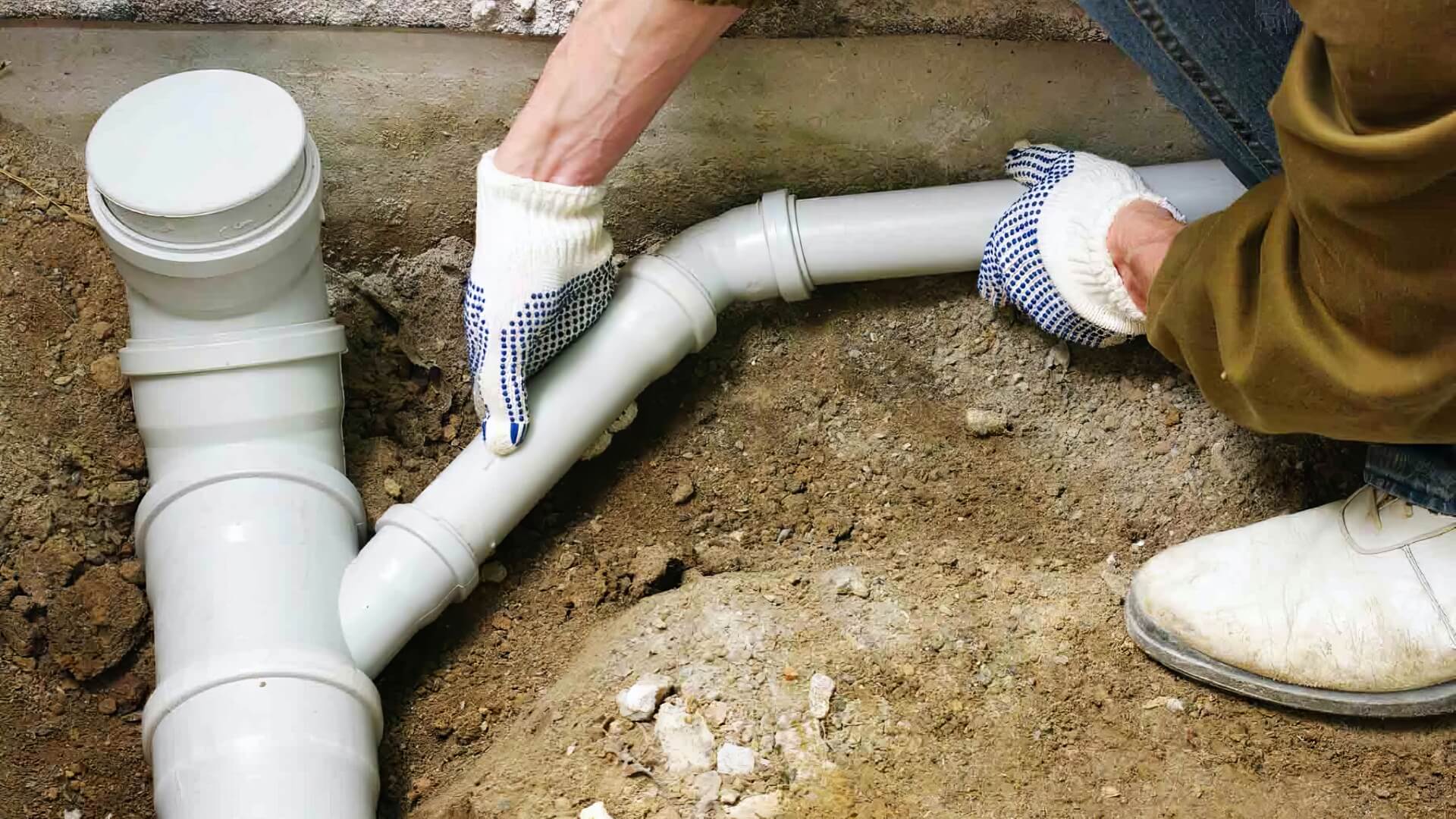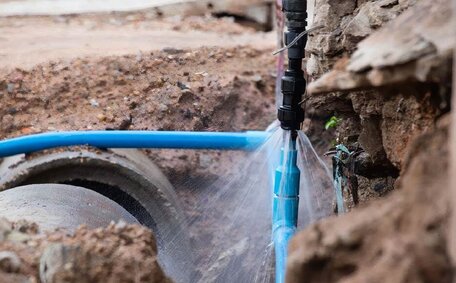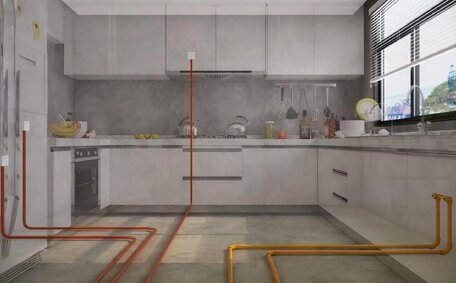Introduction to Hot Water System Installation
Installing the right hot water system is essential for home comfort and daily convenience.
The two main types to consider are storage tank systems that heat and store hot water, or continuous flow systems that heat water on demand. Although DIY water heater installation may seem cost-effective, the complexities of gas-electric systems require precise plumbing and often necessitate professional training and licensing.
When your professional plumber installs your water heater, make sure safety is the number one priority. Utilising a licensed plumber, who can assure adequate power to install your system, can not only ensure safety but also save money in the long run. experts can ensure your water systems can meet compliance with codes and confirm safe operation.
Hot water heaters operate under high temperatures and pressures, posing risks of leaks or electrical issues if not properly managed.
This article will provide insights on your hot water replacement during the installation process. We’ll look at safety procedures, sizing, permits, part replacements like relief valves and thermostats for hot water heaters, pressure testing, final inspections and more. While some DIY enthusiasts may attempt to install water heaters, such tasks require caution and are typically best left to professionals.
Understanding Hot Water System Types and Components
Different types of hot water systems, such as gas models, are available, each with unique components, lifespans, and installation costs:
Storage Tank Water Heaters
Gas Storage Tank - Rely on a gas burner or heating elements and a drain valve to heat storage hot water in an insulated tank. Common components include the gas valve and burner, the TP valve, anode rod and thermostat. Lifespan is 6-12 years.
Electric Storage Tank - Use electric hot water heating elements to warm a tank of water. Include elements, thermostat and anode rod. Last 8-15 years.
Tankless/On-Demand Water Heaters
Gas Tankless - Heat water directly without a storage tank as needed. Consist of a gas burner, heat exchanger and computerised control board, unlike electric water systems that use electric elements. Lifespan of up to 20 years.
Electric Tankless - The electric water heater uses electric elements to instantly heat water on demand. Made up of heating elements, temperature sensors and electronic control boards. Can last over 20 years.
Heat Pump Water Heaters
Heat pump water heaters absorb ambient heat from the environment or natural gas, transferring it to the water in an insulated tank as needed. Key parts are the evaporator/condenser heat pump coil, compressor and backup electric elements. Last for 10-15 years.
When you install hot water heater setups, your system can align with manufacturer specifications, gas and plumbing codes. Professional advice is crucial to ensure your hot water system is sized appropriately for safe and efficient performance.
Key Safety Precautions for DIY Installations
If you choose to install a water heater yourself, prioritise safety at all times. ensure you wear protective gear and turn off the cold water supply to safely handle your old water heater, avoiding leaks or electrocution. Have an ABC fire extinguisher on hand.
Carefully review the instruction manual before installing new water heater components and ensure I have all necessary materials and tools beforehand. An incorrect installation of even some hot water components is a significant concern, as it can result in serious hazards like carbon monoxide leaks.
Considerations for new hot water system installations should include components such as a drain pan, pressure relief valve, expansion tank and earthquake straps. Ensure compliance with plumbing codes for your old system and secure the necessary permits. Validate all system gas line sizing is appropriate for your gas water heater and electric models.
Schedule an inspection by your plumber who is professional afterwards to test for leaks and ensure all components were installed correctly. Reputable plumbers also service systems every 2+ years to maintain safety and performance.
Although you may handle minor repairs yourself, full installations pose serious risks without the correct licensing, experience, and tools.
Step-by-Step Installation Process and Requirements
Installing hot water systems is a complex process best left to qualified professionals, however, installing water heaters may be attempted by handy homeowners if strictly adhering to safety protocols. The main steps include tending to your water tank:
1. Shut Off Water Supply & Electricity
Switch off the power and water supply before attaching a new valve to the unit. Consider when securing your new tank’s position within your hot water system, this step safeguards against leaks or electrocution.
2. Remove Old System
Remove all pipe fittings, drain valves and discharge pipes connected to your water unit to prepare for the installation of new components. Carefully extract from mounting position without spilling remaining water.
3. Install Mounting Brackets
Anchor provided mounting brackets onto wall studs or floor according to instruction manual specifications, allowing room for water lines and gas connections.
4. Place New Unit
Gently position the new water heateras onto the mounting bracket, taking care not to damage attached water lines or components.
5. Connect Gas & Water Lines
Be careful not to cross-thread fittings and verify that all necessary adapters, unions and isolation valves are in place.
6. Install Safety Components
Install all valves and set up the system, making sure to correctly size pressure relief and isolation valves in accordance with best practices.
7. Connect Electric Wiring
Make sure the plumbing and electrical work, including the wiring and conduit for heating elements, is connected correctly, if relevant.
8. Initiate Startup Process
Open all cut-off valves and purge all air from plumbing lines. Activate the water heater per manufacturer startup instructions.
9. Inspect Installation
Check all newly installed fittings thoroughly for leaks during initial operation of both hot cold water supplies. Verify proper water pressure and temperature.
Professional replacement of an old water heater requires careful consideration and typically takes more than 2-3 hours. DIYers should allow significantly more time to ensure safe, leak-free functionality when managing your own water heater installation.
Common Mistakes to Avoid with DIY Installations
Installation without proper training can result in hazardous errors. Common signs your DIY installation may be problematic include:
- Wrong size - A key risk is when homeowners can choose the wrong size, affecting your family’s daily hot water system capacity.
- Faulty mounting - Neglecting to sufficiently brace or stabilise the unit can result in leaks and ensuing water damage.
- Cross-threaded fittings - Forcing pipe connections can strip threads causing major leaks.
- No permits - Overlooking council codes and consents risks fines and failures.
- Incomplete purging - Trapped air reduces heating performance and tank lifespan.
- Unlicensed electrical - Incorrect wiring, without a proper circuit breaker, can cause dangerous shorts and electrocution.
Qualified plumbers can help with complex tasks that exceed DIY-friendly repairs like replacing relief valves or anode rods, ensuring full system installations are managed professionally. Our experts guarantee flawless results when installing new hot water systems, ensuring compliance and, most importantly, safety.
Ensuring Compliance with Building Codes and Regulations
Adhering to local building codes and regulations is crucial when installing a hot water system. As a licenced plumber, we stay up-to-date on all council requirements to ensure full compliance for your new water heater.
Being compliant with Australian Standard AS/NZS 3500 and Sydney Water regulations not only prevents potential safety hazards, but also upholds your system’s warranty from the manufacturer. For assured safety and functionality, heed the important details specified in building codes to avoid disastrous failures.
Our qualified plumbers handle all the essential paperwork for council approvals and consents during the water heater installation process. We also arrange certifiedinspections to guarantee your system meets HVAC standards for:
- Gas line sizing
- Water pipe connections
- Pressure relief valves
- Backflow prevention devices
- Proper venting
- Earthquake restraints
- Thermal expansion control
- And more...
By choosing our team of trustworthy plumbers, you secure a hot water system that’s reliable and safe for the long-term.
Avoid risks with complex DIY hot water system installations. Our team manages all necessary steps to supply hot water adequately, while meeting the stringent building codes for safety and performance.






